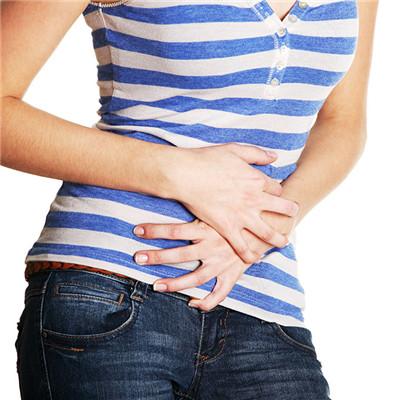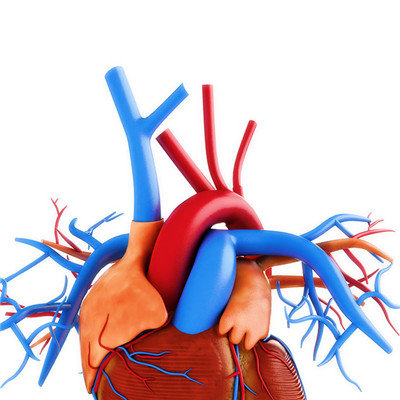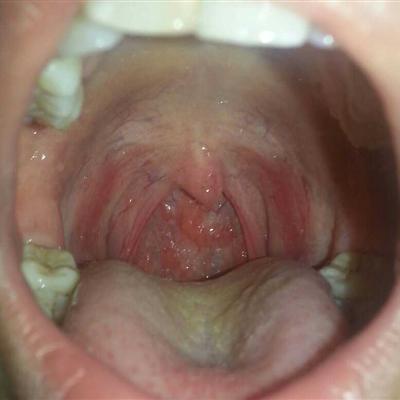Chronic obstructive pulmonary disease
summary
Chronic obstructive pulmonary disease (COPD) is a kind of chronic bronchitis and / or emphysema with the characteristics of airflow obstruction, which can further develop into a common chronic disease of pulmonary heart disease and respiratory failure. The incidence rate of disability and mortality is high, which is related to the abnormal inflammatory reaction of harmful gases and harmful particles. The incidence of the disease is over 9% to 10% over the age of 40. It is a common disease characterized by continuous airflow limitation, which can be prevented and treated. Don't worry too much. Let's introduce the etiology and treatment of the disease.
Chronic obstructive pulmonary disease
First, the exact cause of COPD is not clear. It is generally believed that the factors related to the occurrence of chronic bronchitis and obstructive emphysema may be involved in the pathogenesis of COPD. The identified risk factors can be roughly divided into external factors (environmental factors) and internal factors (individual risk factors). External causes include smoking, dust and chemical inhalation, air pollution, respiratory tract infection and people with low socioeconomic status (which may be related to indoor and outdoor air pollution, room congestion, poor nutrition and other factors associated with low socioeconomic status). The internal causes include genetic factors, increased airway responsiveness, and individuals with poor lung development or growth caused by various reasons during pregnancy, neonatal period, infancy or childhood.
Symptoms (1) chronic cough is often the earliest symptom, with the development of the course of disease can not heal for life, often cough obvious in the morning, cough or expectoration at night. When the airway is severely blocked, it is usually difficult to breathe without cough. (2) cough expectoration is usually white mucus or serous phlegm, even with blood. The amount of sputum increased in acute attack period, and purulent sputum could be found. (3) Shortness of breath or dyspnea is the main symptom of chronic obstructive pulmonary disease (COPD). It occurs in the early stage of exertion, and then gradually worsens, resulting in shortness of breath in daily life and even at rest. However, due to the abnormal individual difference, some people can tolerate it. (4) Wheezing and chest tightness occur in some patients, especially in severe patients or acute exacerbations. (5) Other fatigue, emaciation and anxiety often appear when the condition of COPD is serious, but they are not typical manifestations of COPD. 2. Physical signs (1) the anterior and posterior diameter of chest increased, the intercostal space widened, and the inferior angle of sternum under xiphoid process widened, which is called barrel chest. Some patients' breathing became shallow, and the frequency increased. In severe cases, they may have contracted lip breathing. (2) On palpation, bilateral lingual fibrillation decreased. (3) After percussion, the boundary of heart murmur decreased, and the boundary of lower lung and liver murmur decreased. (4) During auscultation, the breath sounds of both lungs were weakened and the breath was prolonged. Wet rales and (or) dry rales could be heard in some patients.
Non drug treatment can be used in stable stage: smoking cessation, exercise or lung rehabilitation training, influenza vaccine and pneumonia vaccine. 2. Rehabilitation therapy, such as physiotherapy, hyperbaric negative ion oxygen therapy, is beneficial to the rehabilitation of pulmonary function in COPD patients. 3. Psychological adjustment and good mood will help patients to face the disease positively, increase treatment compliance, and help to establish good interpersonal relationship, which will be more conducive to the recovery of the disease. 4. Diet adjustment: eat more fruits and vegetables, including meat, fish, eggs, milk, beans and buckwheat. When eating, talk less, breathe hard and eat slowly. Fat to lose weight, thin to strengthen nutrition, eat less meals. 5. Long term home oxygen therapy if there is respiratory failure, long-term low flow oxygen inhalation is recommended, more than 15 hours a day. 6. Drug therapy the existing drug therapy can reduce or eliminate the symptoms of patients, improve activity tolerance, reduce the number and severity of acute attacks to improve health status. Inhalation therapy is the first choice. Educating patients to use various inhalers correctly and explaining the purpose and effect of treatment are helpful for patients to insist on treatment. (1) There are three kinds of bronchodilators commonly used in clinic: β 2 receptor agonist, cholinergic receptor blocker and methylxanthine. The combination of them has synergistic effect. (2) Patients with FEV1 < 50% predicted value can inhale glucocorticoid. (3) Expectorant and antitussive expectorant are only used for phlegm sticky cough, not recommended regular use. Antitussive drugs may not be conducive to sputum drainage and should be used with caution. (4) Antioxidant application of antioxidants such as N-acetylcysteine, carboxymethylstane can dilute sputum, make sputum easy to cough up, and reduce the frequency of repeated exacerbation of disease. 7. Treatment of acute exacerbation (1) the goal of oxygen inhalation is to maintain oxygen saturation of 88% ~ 92%. (2) Bronchodilators inhale short acting bronchodilators such as ipratropium bromide and salbutamol. (3) Methylprednisolone was recommended in 2014 gold guidelines for systemic glucocorticoids for 5 consecutive days. (4) Anti infective drugs need to be used in the following three situations: dyspnea aggravation, increased sputum volume, expectoration of purulent sputum; increased purulent sputum with other symptoms; need mechanical ventilation.
matters needing attention
1. Smoking cessation: smoking is the main risk factor of COPD, without removing the cause, it is difficult to achieve good curative effect only by drug treatment. Therefore, the key measure to prevent the occurrence and progress of COPD is to quit smoking. To reduce the inhalation of occupational dust and chemical substances, workers engaged in occupational dust exposure, such as coal mines, metal mines, cotton textile industry, chemical industry and some mechanical processing, should be well protected. 2. Reduce indoor air pollution: avoid burning biofuels in poorly ventilated space, such as burning firewood for cooking, making a fire indoors for heating, passive smoking, etc. 3. Prevention and treatment of respiratory tract infection: actively prevent and treat upper respiratory tract infection. In autumn and winter, influenza vaccine should be injected; crowded places should be avoided; fresh air should be kept; upper respiratory tract infection should be treated actively. 4. Strengthen exercise: choose suitable exercise methods according to your own situation, such as walking, jogging, swimming, climbing stairs, mountain climbing, playing Taijiquan, dancing, lifting a few kilograms of things with both hands, breathing when lifting, etc.















